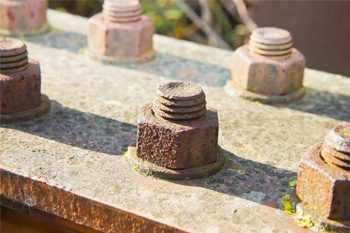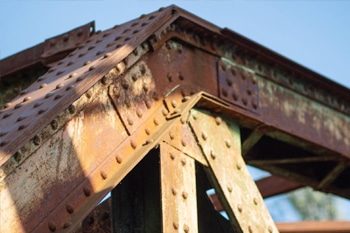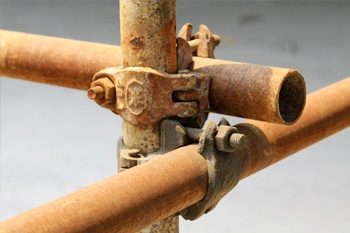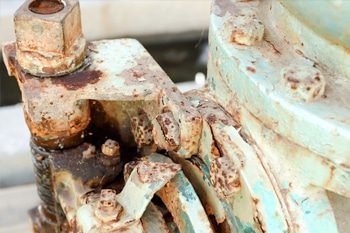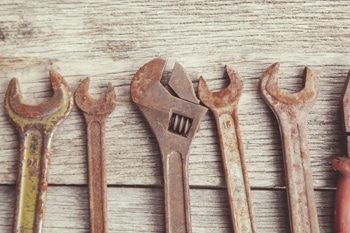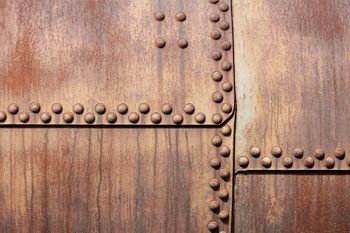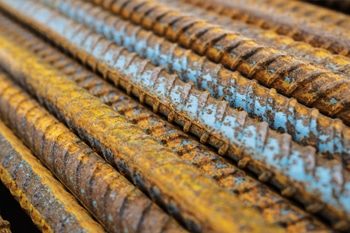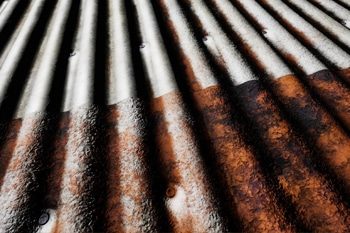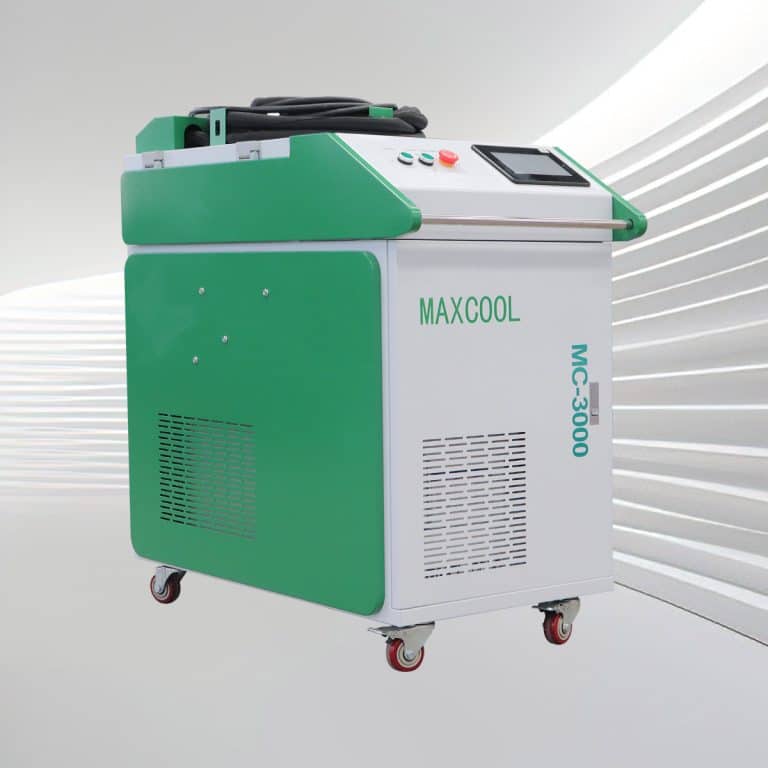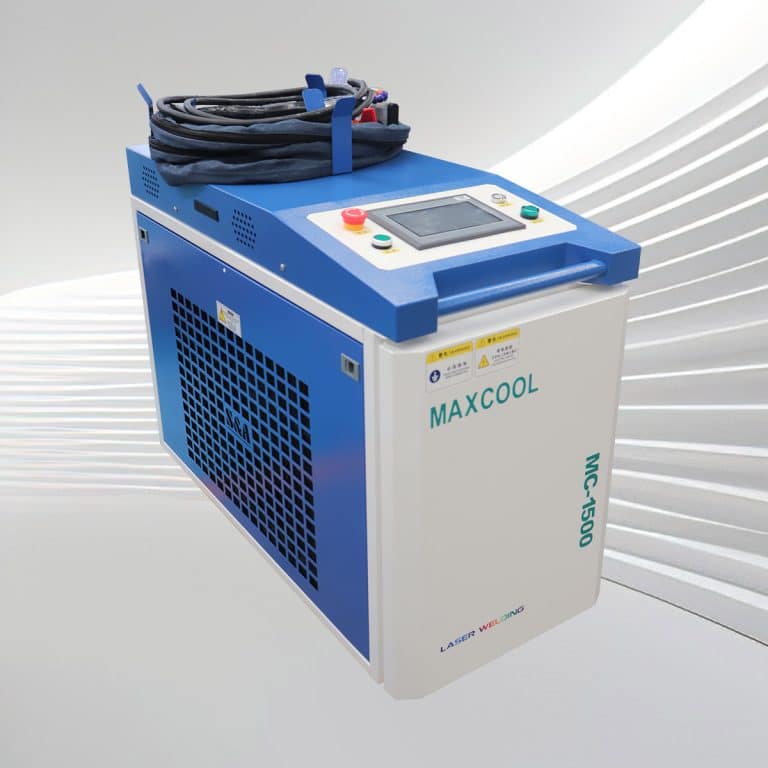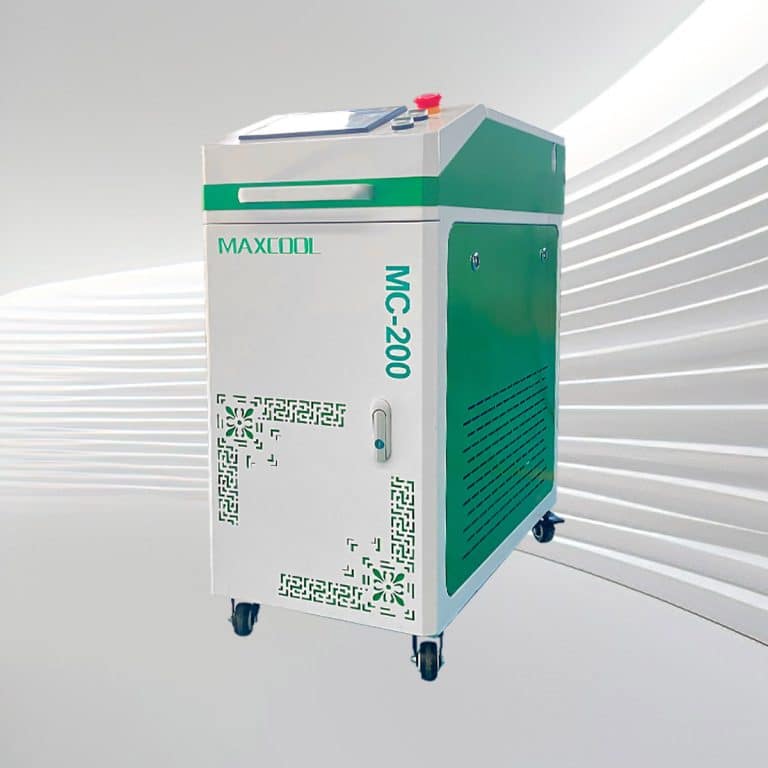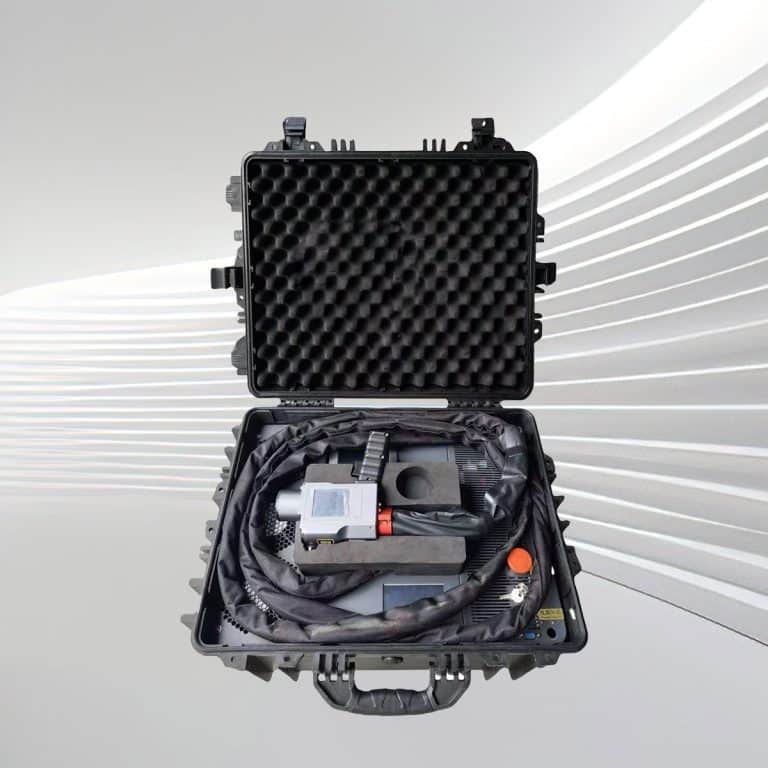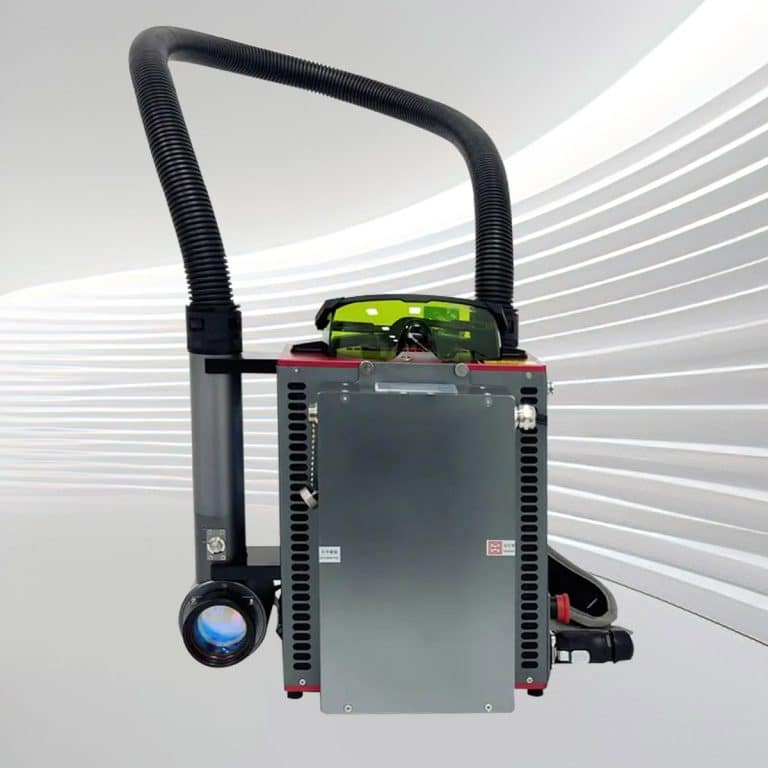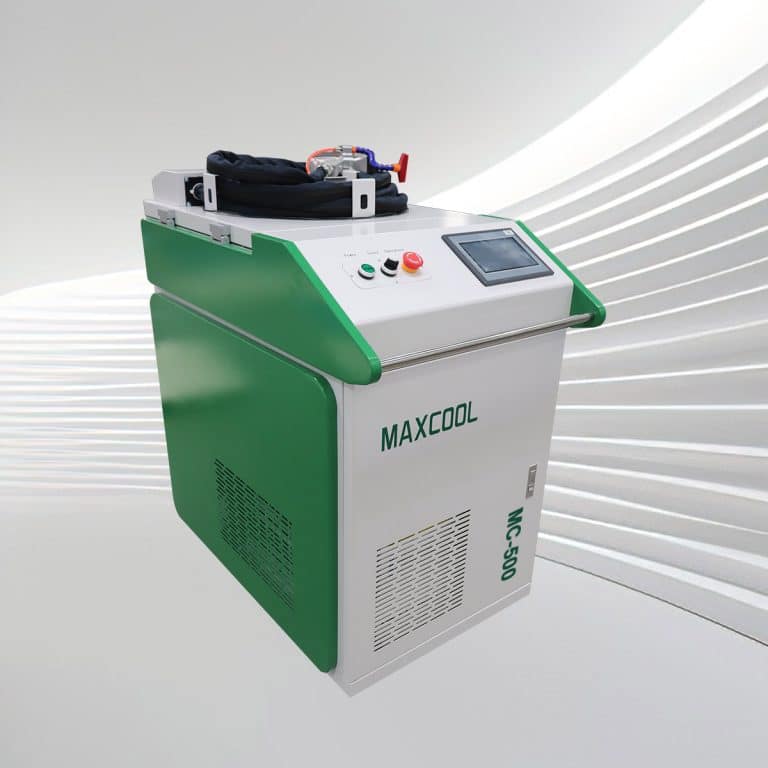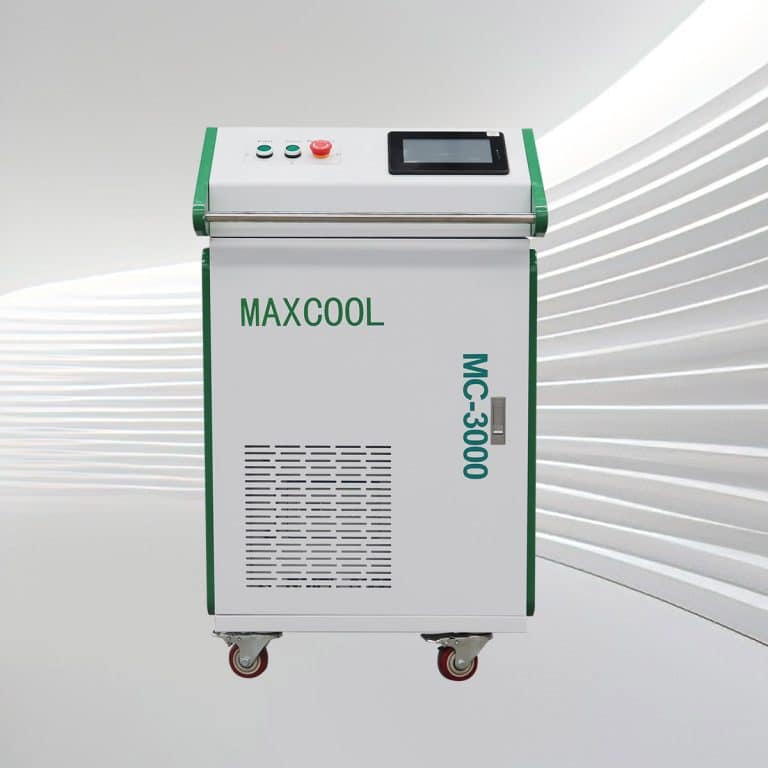Laser Cleaning Rust
Laser Rust Removal Machines
Benefits of Laser Cleaning Rust
Precision and Control
Laser cleaning removes rust precisely without damaging the metal underneath. The laser can be adjusted to focus only on the rust, leaving a clean and smooth surface.
Non-Contact Process
Laser cleaning doesn’t touch the surface, avoiding the risk of damage that can occur with abrasive methods.
Eco-Friendly and Safe
Laser cleaning uses no harmful chemicals or abrasives, creating less hazardous waste. It produces minimal dust, keeping the workspace safer and cleaner, with no harmful residues left on the metal.
Efficiency and Cost-Effectiveness
Laser cleaning is quick and efficient, removing rust fast. It can be automated, saving labor and time. Over time, it reduces costs through less maintenance, lower waste, and higher productivity.
Versatility
Laser cleaning works on many materials, from machinery to car parts and historical items. It handles both light rust and heavy corrosion, adapting to different needs.
Extended Component Lifespan
Laser cleaning extends the life of metal parts by removing rust without causing damage, which is essential for industries where equipment reliability is key.
Factors to Consider Before Buying Laser Rust Removal Machines
Power Requirements
The laser's power affects how fast it removes rust. Stronger machines handle tougher rust but cost more. Pick the right power level for your needs.
Type of Laser
For rust removal, choose between continuous and pulsed lasers. Continuous lasers are efficient and precise, while pulsed lasers are better for delicate surfaces.
Portability and Size
If you need to move the machine often, choose a portable or handheld option. For fixed locations, a larger stationary machine might be better. Consider your mobility needs.
Precision and Control
For detailed or delicate work, choose a machine with high precision and control. Adjustable settings help avoid damaging the material.
Material Compatibility
Think about the surfaces you’ll be cleaning. Make sure the machine works well with those materials, especially if they’re delicate.
Maintenance and Durability
Choose a durable, easy-to-maintain machine. Ensure replacement parts are available and that servicing is straightforward.
Cost and Budget
Laser rust removal machines come in various prices. While cheaper options might be tempting, balance cost with performance and long-term needs.
Safety Features
Laser machines can be dangerous if not used properly. Make sure the machine has safety features like emergency stop buttons and proper ventilation to keep operators safe.
Comparison with Other Rust Removal Methods
| Feature | Laser Cleaning | Sandblasting | Chemical Rust Removal | Mechanical Grinding | Electrolytic Rust Removal | Ultrasonic Rust Removal |
| Precision | High precision, targets rust only | Less precise, can damage the surface | Moderate precision may leave residues | Low precision, can cause surface wear | Moderate precision, dependent on setup | Moderate precision, generally even cleaning |
| Environmental Impact | Eco-friendly, minimal waste | Generates dust and debris, less eco-friendly | Involves hazardous chemicals, harmful waste | Minimal environmental impact | Requires disposal of used electrolyte | Requires cleaning solutions, may involve chemicals |
| Speed | Fast, real-time rust removal | Moderate speed, depending on the setup | Slower, involves soaking time | Moderate speed, labor-intensive | Moderate speed, setup, and processing time required | Slower, requires immersion time |
| Surface Preservation | Non-abrasive preserves material integrity | Abrasive, can damage the surface | Can cause surface damage or leave residues | Abrasive, can wear down material | Non-abrasive preserves material | Non-abrasive, generally safe for material |
| Portability | Portable models available, suitable for on-site work | Limited portability, usually stationary | Not portable, requires chemical setup | Portable but labor-intensive | Not portable, requires workshop setup | Not portable, requires immersion setup |
| Safety | Safer, minimal operator risks with proper safety features | Dust and particle inhalation risks, requires PPE | Requires careful handling of toxic chemicals | The risk of injury from mechanical tools requires PPE | Involves electrical risks, requires careful setup | Generally safe but requires careful handling of solutions |
| Maintenance | Low maintenance, durable equipment | Moderate maintenance requires frequent cleanup | Requires handling and disposal of chemicals | High maintenance, frequent tool replacement | Requires maintenance of electrical and bath setup | Requires maintenance of ultrasonic equipment and solutions |
| Cost | Higher initial cost, good long-term investment | Lower initial cost, higher operating cost | Varies with chemical use and disposal | Lower initial cost, higher labor and tool costs | Moderate cost, with ongoing electrolyte replacement | Moderate cost, with ongoing solution maintenance |
Application of Laser Cleaning Rust
- Automotive Industry: In the automotive sector, laser cleaning is widely used for rust removal on vehicle components, such as chassis, body panels, and engine parts.
- Aerospace Industry: Laser cleaning is used to remove rust and other contaminants from aircraft components, including landing gear, structural parts, and turbine blades.
- Industrial Machinery: Laser cleaning is an effective method for maintaining and refurbishing equipment by removing rust from gears, shafts, and other metal components.
- Oil and Gas Industry: In the oil and gas industry, pipelines, storage tanks, and drilling equipment are often exposed to harsh environments that can lead to rust and corrosion.
- Maritime Industry: Laser cleaning is used to remove rust from hulls, decks, and other metal surfaces, helping to prevent further corrosion and maintain the structural integrity of vessels.
- Construction and Infrastructure: Laser cleaning is applied in the maintenance of bridges, steel structures, and other infrastructure where rust can compromise safety and durability.
- Cultural Heritage and Conservation: The non-destructive nature of laser cleaning ensures that valuable and delicate items are restored without causing any damage, preserving their historical significance.
- Electronics and Semiconductor Industry: Laser cleaning can remove oxides and contaminants from sensitive components. Its precision allows for targeted cleaning without affecting the functionality of the part.
- Food and Beverage Industry: Laser cleaning is used to remove rust from equipment and surfaces, ensuring that they meet strict sanitary standards and preventing contamination of food products.
